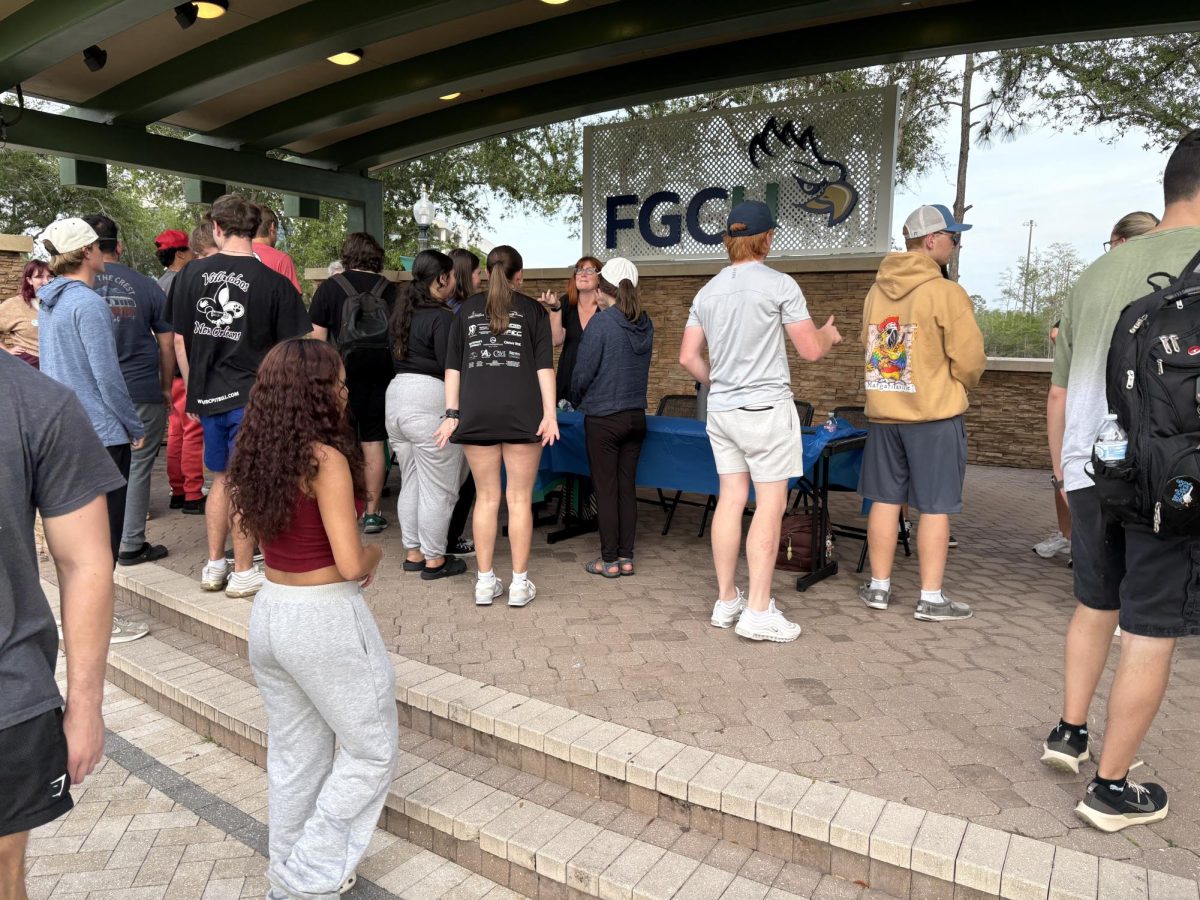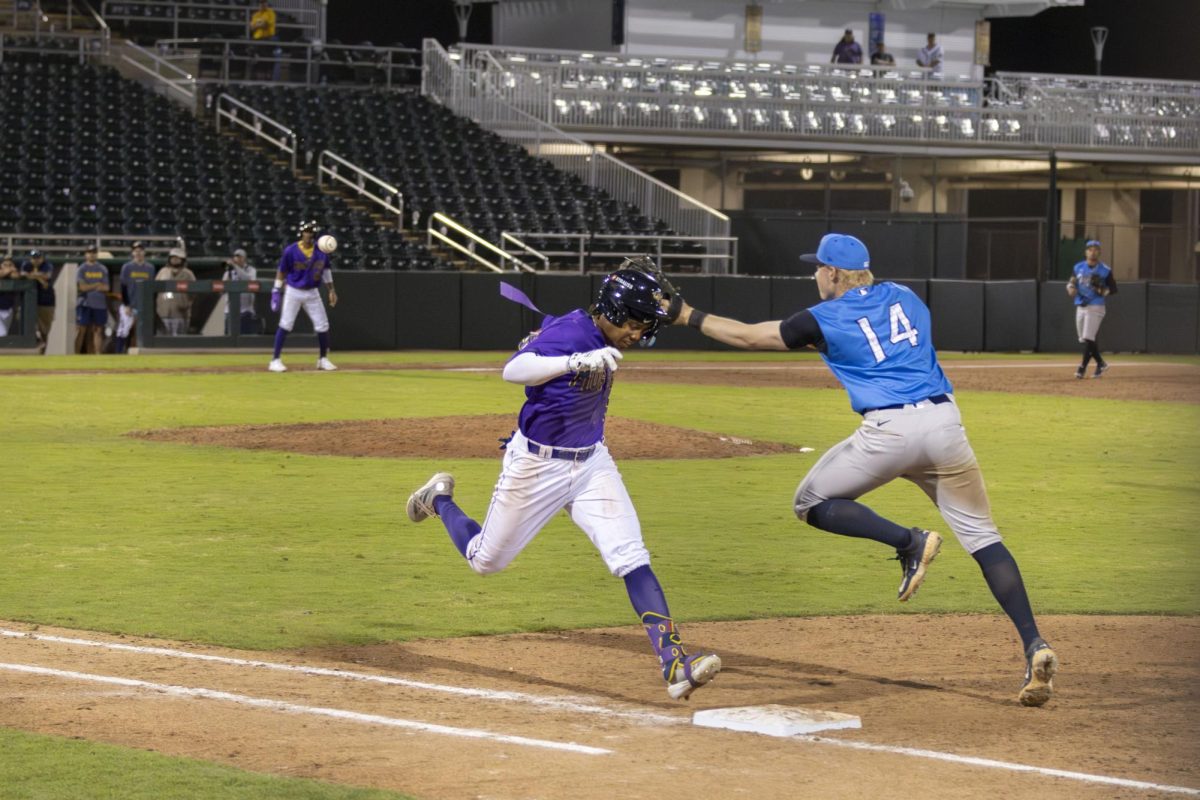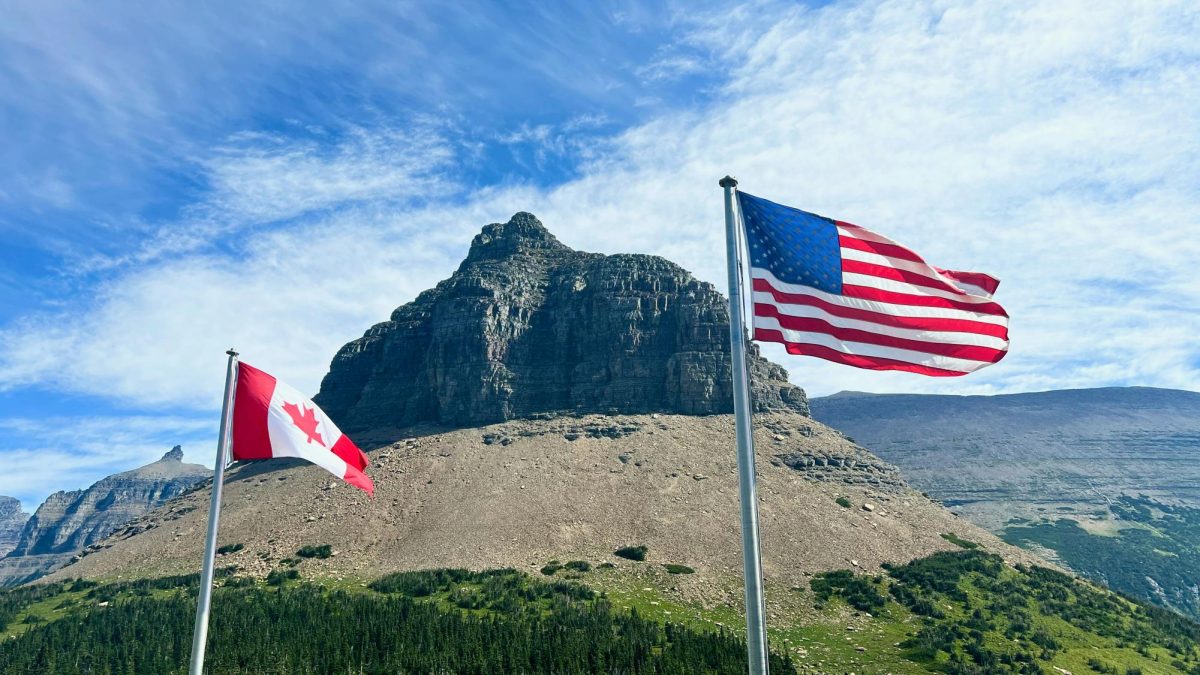You know the name James Foley by now.
The name emblazoned on the covers of newspapers and mentioned in newscasts in the world for the past month.
You know him because he — and University of Central Florida alumnus Steven Sotloff — were publically (and by public, I mean in a glossy, well-cut viral video for all the world to witness) and brutally executed by ISIS militants in Syria. You know him because the war in Syria and Iraq is a hot button issue right now.
What you probably don’t know is the name Anja Niedringhaus, a photojournalist for The Associated Press who was killed in April while covering the elections in Afghanistan.
You probably don’t know the name Yara Abbas, a correspondent for the Syrian News Channel killed in May 2013 by sniper fire.
Maybe you know the name Tim Hetherington, a photojournalist and Oscar-winning documentarian for his film “Restrepo,” who was killed in Libya by mortar shrapnel while covering the Libyan War.
The list goes on and on.
Foley was far from the first journalist to meet a horrifying end while covering the reality of war, and, sadly, he will be far from the last.
There was a time when journalists were off-limits in war zones. Being a journalist almost gave a person immunity to the threats of war, but those days are now a distant memory. Now every journalist who enters a war zone is forced to confront the looming reality that they might not return this time — just like every other person going off to war.
Some might think if a journalist doesn’t want to die in a war zone, don’t take the risk. Don’t cover wars. Simple as that.
It’s not that simple.
For many journalists, war and terrorism are happening in their own backyard, like in Somalia and Syria. But some journalists understand, if they don’t leave their homes and show the world what war looks like, what the reality of the situation is thousands of miles from comfort, the world will not see or learn and things will not change.
We would be blind, unknowing and unseeing of the shape and times of the world.
Why do journalists go into war zones? Why did Foley risk his life? Niedringhaus? Abbas? Hetherington? What compelled them to take the risk that ultimately ended their lives?
You. The reader. The listener. The watcher.
They gave their lives for you so you could see the world and know the truth, harsh as it might be. Each one of them worked to bring answers and reality to anyone who would listen.
According to the Committee to Protect Journalists, in the last 10 years 341 journalists have died while in the field. Each one gave their life to bring people the news.
You know the name James Foley and now you know there’s a long list of names that were never scrawled across a newspaper headline or TV ticker and suffered the same fate. Honor them by reading their work, watching their footage and paying attention to the stories they gave their lives to give to you.
Categories:
High cost for front-line news
September 17, 2014
Story continues below advertisement
Tags:
More to Discover




























